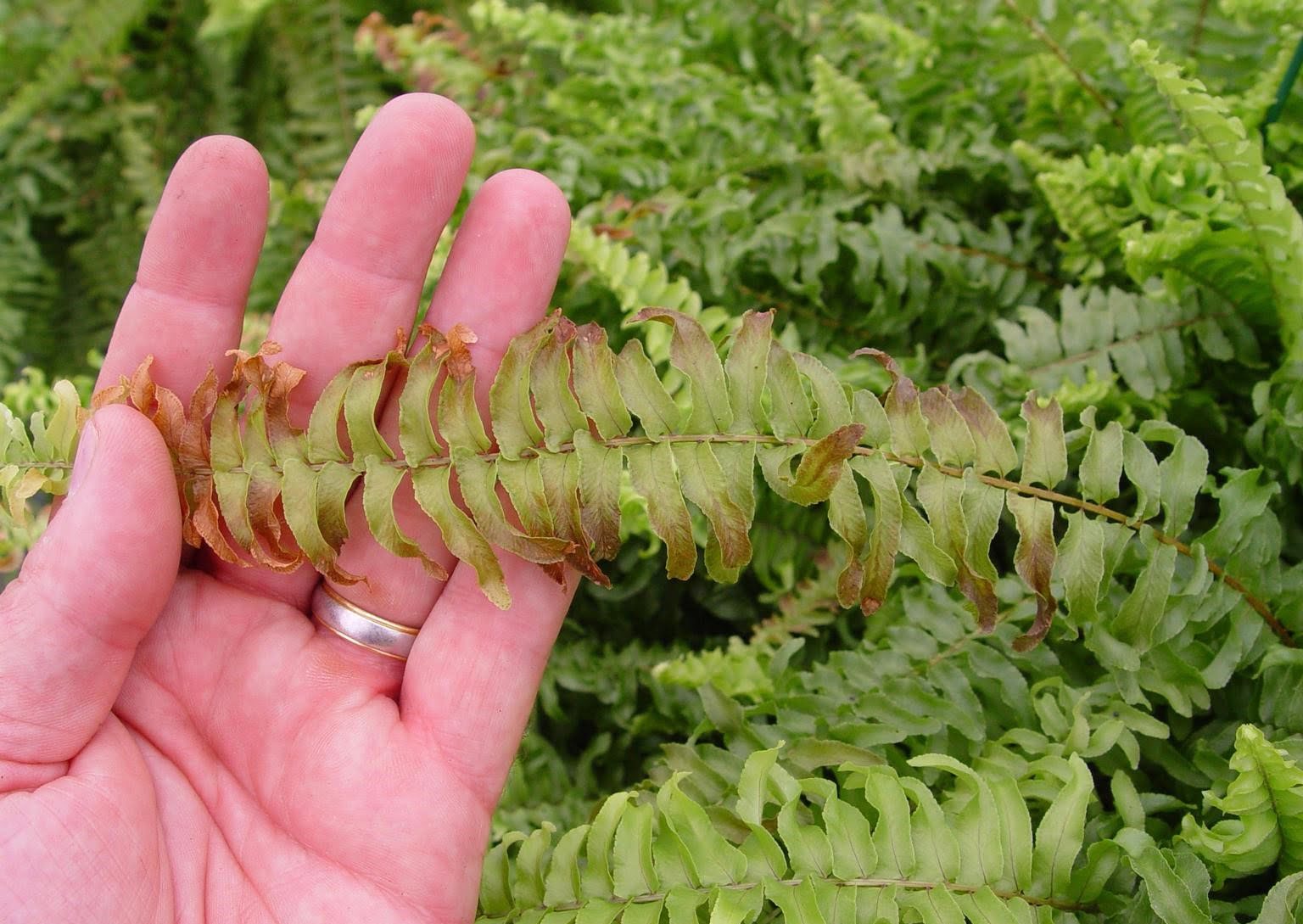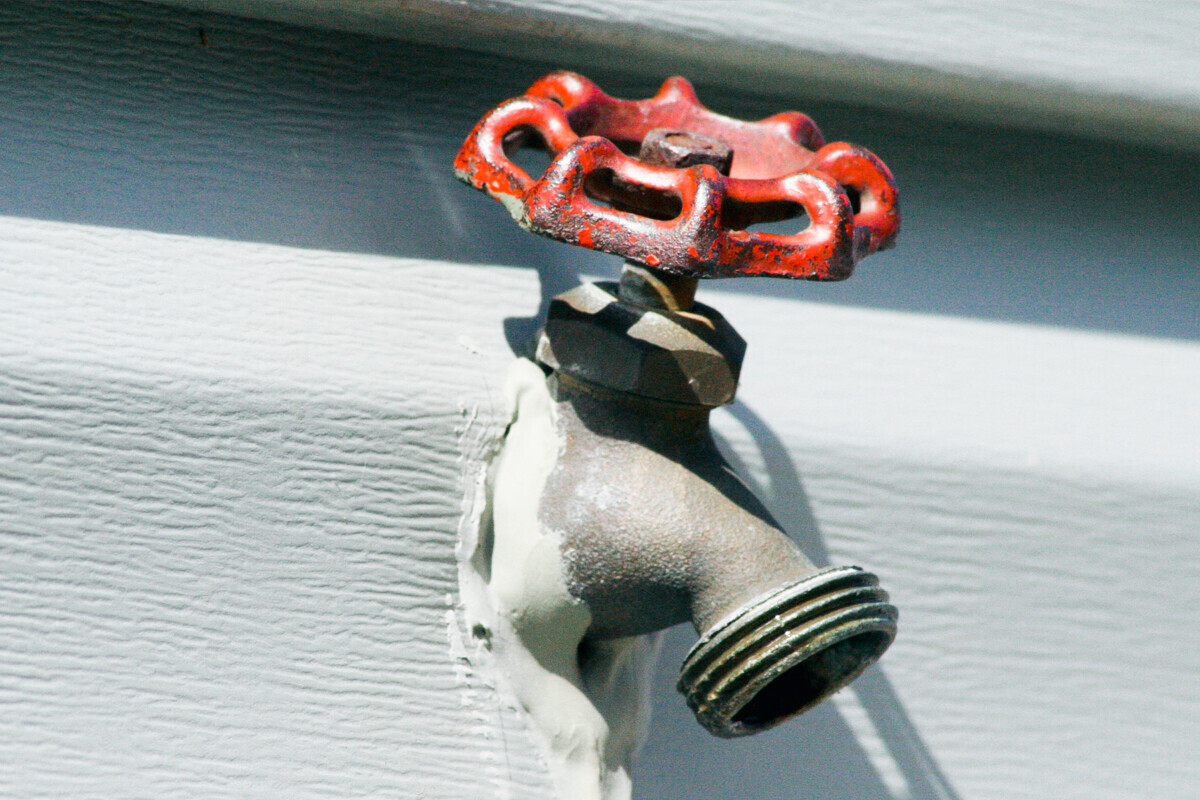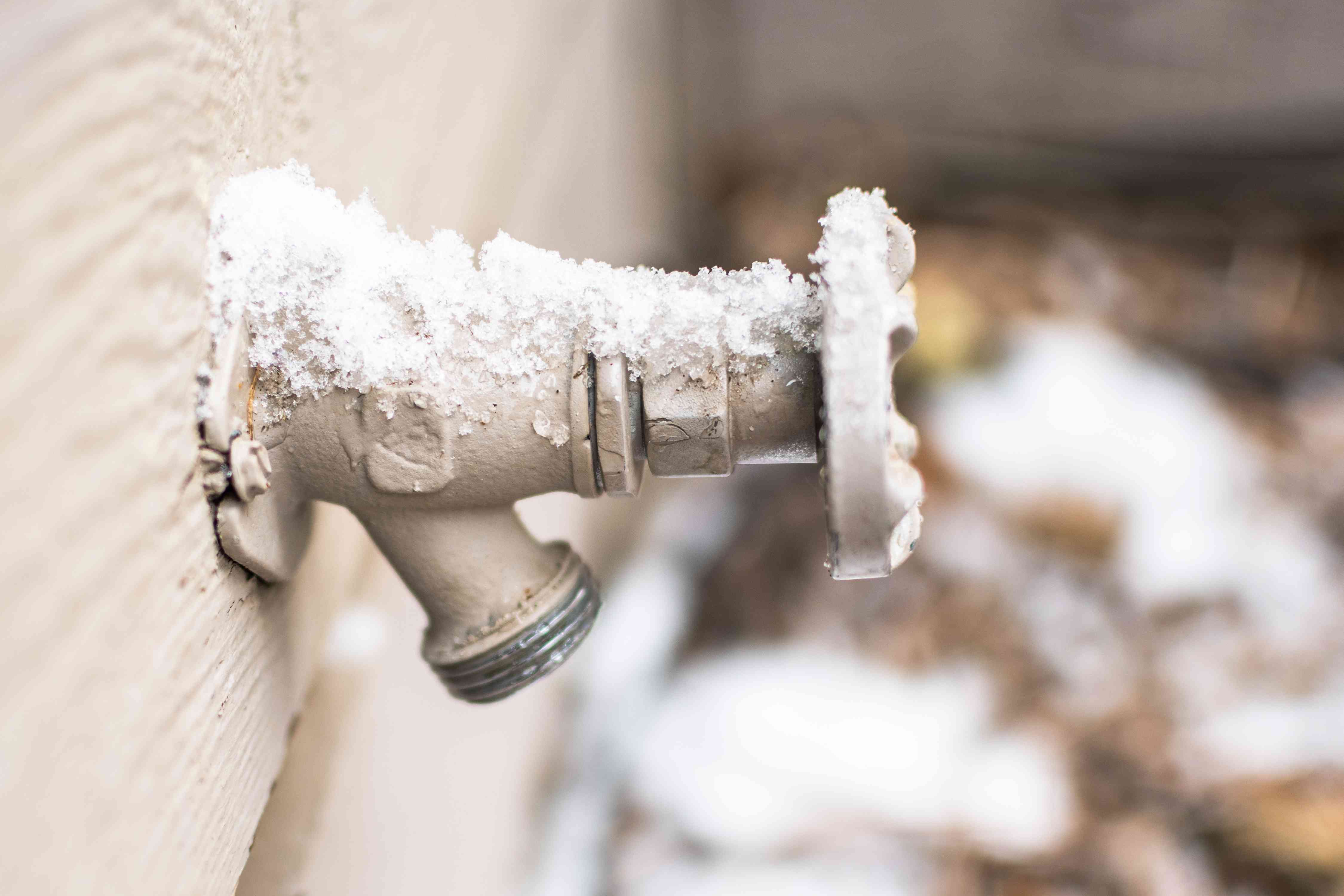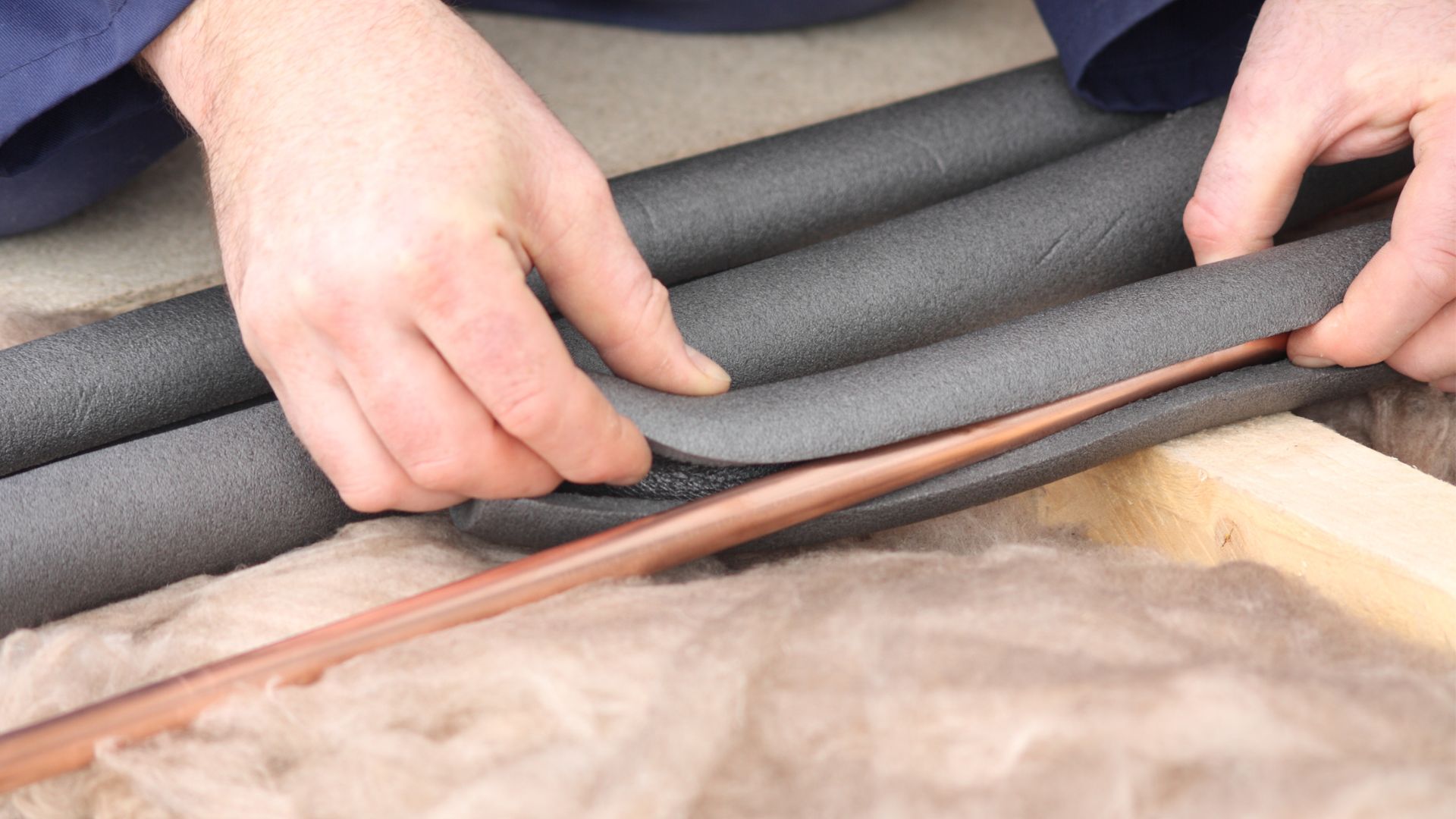Home>Furniture & Design>Outdoor Furniture>How To Winterize Outdoor Ferns


Outdoor Furniture
How To Winterize Outdoor Ferns
Modified: January 14, 2024
Learn how to properly winterize your outdoor ferns to ensure they survive the cold weather. Our expert tips will help you protect your outdoor furniture and design.
(Many of the links in this article redirect to a specific reviewed product. Your purchase of these products through affiliate links helps to generate commission for Storables.com, at no extra cost. Learn more)
Introduction
When the crisp air of autumn arrives, signaling the impending arrival of winter, outdoor ferns require special attention to ensure their survival and thriving return in the following spring. As the temperatures drop and the days shorten, it becomes crucial for outdoor fern enthusiasts to take proactive steps to protect these delicate plants from the harsh conditions of winter.
In this comprehensive guide, we will delve into the art of winterizing outdoor ferns, equipping you with the knowledge and techniques necessary to safeguard these verdant beauties through the colder months. From understanding the specific needs of outdoor ferns to implementing effective winterization strategies and providing post-winter rejuvenation, this article will serve as your go-to resource for nurturing your outdoor ferns through the frosty season.
Join us as we explore the intricacies of outdoor fern care, from their unique requirements to the practical steps you can take to shield them from winter's chill. Whether you're a seasoned gardener seeking to refine your winterization methods or a newcomer eager to learn the ropes, this guide will empower you to foster healthy, vibrant outdoor ferns that will flourish year after year. So, let's embark on this journey to discover the art and science of winterizing outdoor ferns, ensuring that they emerge from winter's embrace with renewed vitality and beauty.
Key Takeaways:
- Protect outdoor ferns in winter by reducing watering, grooming foliage, and providing mulch. Shelter them from harsh elements and monitor moisture levels for resilience and vitality.
- Rejuvenate outdoor ferns after winter by removing debris, assessing their condition, and replenishing soil with nutrients. Careful attention ensures their vibrant resurgence in spring.
Read more: How To Store Ferns For The Winter
Understanding the Needs of Outdoor Ferns
Before delving into the specifics of winterizing outdoor ferns, it is essential to comprehend the unique requirements of these exquisite plants. Native to shady woodland environments, outdoor ferns thrive in moist, well-drained soil with ample organic matter. They are particularly sensitive to excessive sunlight and dryness, making them a popular choice for gardens adorned with dappled shade and rich, loamy soil.
Outdoor ferns, such as the delicate maidenhair fern or the graceful Japanese painted fern, are renowned for their lacy fronds and elegant, arching foliage. These ornamental wonders not only add a touch of timeless elegance to outdoor spaces but also contribute to the overall biodiversity of the ecosystem. Their preference for sheltered, humid conditions makes them especially susceptible to the harsh realities of winter, necessitating thoughtful intervention to ensure their well-being.
As the temperatures plummet and frost encroaches, outdoor ferns face the risk of desiccation and cold damage. Unlike their hardy evergreen counterparts, outdoor ferns are deciduous, shedding their fronds in the face of winter’s onslaught. However, this natural response to the changing seasons does not render them impervious to the perils of prolonged exposure to freezing temperatures and fluctuating moisture levels.
Therefore, understanding the needs of outdoor ferns involves recognizing their aversion to aridity, their preference for moderated light, and their susceptibility to temperature extremes. Armed with this knowledge, we can embark on the journey of preparing and safeguarding outdoor ferns for the challenges that winter presents. By addressing these needs with care and consideration, we can ensure that outdoor ferns emerge from winter’s grasp with their vigor and allure intact, ready to usher in the verdant splendor of spring.
Preparing Outdoor Ferns for Winter
As autumn unfolds and the whisper of winter lingers in the air, it’s time to embark on the essential task of preparing outdoor ferns for the impending cold. This pivotal phase in the annual cycle of outdoor fern care involves a series of strategic measures aimed at fortifying these delicate plants against the rigors of winter.
One fundamental aspect of preparing outdoor ferns for winter is to gradually reduce the frequency of watering as the days grow shorter and cooler. While outdoor ferns thrive in consistently moist soil during the growing season, it’s crucial to taper off watering in the weeks leading up to winter. This gradual adjustment helps the plants acclimate to the impending dormancy, reducing the risk of waterlogged soil and root rot during the dormant period.
Furthermore, as the foliage of outdoor ferns begins to wane and exhibit signs of senescence, it’s advisable to trim away any withered fronds. This not only enhances the visual appeal of the ferns but also minimizes the risk of disease and pest infestation during the dormant phase. Careful removal of spent fronds allows the plants to conserve energy and focus on fortifying their root systems, laying the groundwork for a robust resurgence in the spring.
In addition to grooming the foliage, it’s prudent to bolster the insulation around outdoor ferns in preparation for winter’s chill. Applying a layer of mulch around the base of the plants serves as a protective blanket, shielding the roots from extreme temperature fluctuations and reducing moisture loss. This simple yet effective measure provides an extra layer of defense against the harsh effects of winter, ensuring the resilience of outdoor ferns as they undergo their seasonal slumber.
Equipped with these preparatory measures, outdoor ferns are poised to weather the winter months with resilience and grace. By adjusting their watering regimen, tidying their foliage, and providing protective mulching, gardeners can lay the groundwork for the successful winterization of outdoor ferns, setting the stage for their triumphant revival in the forthcoming spring.
Before the first frost, trim dead fronds and mulch around the base of the fern to protect the roots. Move potted ferns indoors or to a sheltered area. Water sparingly during winter.
Protecting Outdoor Ferns During Winter
As winter descends with its icy grip, the task of safeguarding outdoor ferns assumes paramount importance. The frigid temperatures, biting winds, and fluctuating moisture levels characteristic of winter pose formidable challenges to the well-being of these delicate plants. To ensure their survival and vitality, it is imperative to implement protective measures that shield outdoor ferns from the harsh realities of the season.
One of the most effective strategies for protecting outdoor ferns during winter is to provide adequate shelter from the elements. This can be achieved by situating the plants in locations that offer natural protection, such as beneath the canopy of larger trees or alongside structures that provide a barrier against chilling winds. By leveraging the natural topography of the garden, gardeners can create microclimates that offer a degree of insulation, shielding outdoor ferns from the brunt of winter’s fury.
In instances where natural shelter is limited, or in regions prone to severe winter conditions, additional protective measures become indispensable. Wrapping outdoor ferns with burlap or frost cloth can provide a crucial layer of defense against freezing temperatures and drying winds. This safeguarding technique helps to mitigate the impact of winter’s harshest elements, preserving the vitality of outdoor ferns and ensuring their endurance through the coldest months.
Moreover, it is essential to remain vigilant in monitoring the moisture levels surrounding outdoor ferns during winter. While these plants enter a state of dormancy, they still require adequate moisture to sustain their root systems and prevent desiccation. Periodically checking the moisture content of the soil and providing supplementary watering during dry spells or winter thaws can help mitigate the risk of dehydration, safeguarding the health and vigor of outdoor ferns throughout the winter season.
By implementing these protective measures, outdoor ferns can brave the challenges of winter with resilience and fortitude. Whether through strategic placement to leverage natural shelter, the application of protective coverings, or meticulous attention to moisture levels, safeguarding outdoor ferns during winter is a testament to the dedication of gardeners in nurturing these exquisite plants through the trials of the cold season.
Rejuvenating Outdoor Ferns After Winter
As the frosty embrace of winter gradually loosens its grip and the first hints of spring emerge, it’s time to turn our attention to the vital task of rejuvenating outdoor ferns. The transition from winter’s dormancy to the exuberant resurgence of spring marks a pivotal phase in the annual cycle of these exquisite plants, necessitating thoughtful intervention to ensure their reawakening and revitalization.
One of the primary steps in rejuvenating outdoor ferns after winter is the careful removal of any lingering debris and protective coverings. Clearing away accumulated mulch and frost cloth allows the plants to bask in the gentle warmth of the sun and receive the invigorating caress of spring breezes. This process not only signals the symbolic shedding of winter’s vestiges but also sets the stage for the emergence of new fronds and the resumption of growth.
Following the removal of protective coverings, it’s essential to assess the condition of outdoor ferns and address any signs of winter-induced stress or damage. Inspecting the plants for desiccated fronds, discoloration, or stunted growth enables gardeners to identify areas of concern and administer targeted care. Trimming away damaged foliage and providing supplemental watering, if necessary, can help rejuvenate outdoor ferns and encourage the manifestation of fresh, vibrant growth.
Furthermore, as outdoor ferns stir from their winter slumber and embark on the journey of renewal, it’s beneficial to replenish the soil with organic matter and nutrients to support their resurgence. Applying a balanced, slow-release fertilizer tailored to the specific needs of ferns can provide the essential nourishment required for robust growth and the development of luxuriant foliage. This rejuvenating elixir serves as a catalyst for the revitalization of outdoor ferns, nurturing their innate vitality and fortifying them for the forthcoming growing season.
By tending to the post-winter needs of outdoor ferns with care and diligence, gardeners can facilitate their reawakening and rejuvenation, setting the stage for a season of verdant splendor. Whether through meticulous grooming, targeted interventions, or the provision of nourishing supplements, the process of rejuvenating outdoor ferns after winter embodies the enduring commitment of gardeners to the well-being and flourishing of these enchanting plants.
Read more: How To Care For An Outdoor Fern
Conclusion
As the cycle of seasons unfolds, outdoor ferns undergo a mesmerizing transformation, from the vibrant exuberance of spring and summer to the dormancy and resilience of winter. Nurturing these delicate plants through the ebb and flow of the seasons is a testament to the enduring bond between gardeners and the natural world, encapsulating a harmonious partnership that fosters beauty and vitality.
Throughout this comprehensive guide, we have delved into the art of winterizing outdoor ferns, unraveling the intricacies of understanding their needs, preparing them for winter, protecting them during the cold season, and rejuvenating them as spring beckons. This journey has illuminated the unique requirements of outdoor ferns, from their aversion to aridity and preference for moderated light to their susceptibility to winter’s perils, underscoring the importance of proactive care and strategic interventions.
By gradually reducing watering, grooming foliage, providing protective mulching, and ensuring shelter and moisture during winter, outdoor ferns can weather the season with resilience and grace. The post-winter rejuvenation phase, encompassing the removal of debris, targeted interventions, and the replenishment of nutrients, sets the stage for their triumphant resurgence, heralding the arrival of a new season of growth and vitality.
As we bid farewell to the chill of winter and embrace the promise of spring, the art of winterizing outdoor ferns serves as a testament to the enduring dedication of gardeners in nurturing these exquisite plants. Their timeless allure and ethereal beauty enrich outdoor spaces, imparting a sense of tranquility and enchantment that transcends the passage of time.
So, as you embark on the journey of winterizing your outdoor ferns, may this guide inspire you to cultivate a deeper connection with the natural world, fostering a sanctuary of beauty and vitality in your outdoor haven. Through your attentive care and unwavering commitment, may your outdoor ferns emerge from winter’s embrace with renewed vigor and grace, adorning your garden with their timeless elegance and enduring allure.
Frequently Asked Questions about How To Winterize Outdoor Ferns
Was this page helpful?
At Storables.com, we guarantee accurate and reliable information. Our content, validated by Expert Board Contributors, is crafted following stringent Editorial Policies. We're committed to providing you with well-researched, expert-backed insights for all your informational needs.















0 thoughts on “How To Winterize Outdoor Ferns”